
Call to Action: Transforming Housing Affordability Through Modern Construction
The next time you're involved in a construction project – whether as a professional or a buyer – ask why things are done the way they are. Push for innovation. Consider alternatives. Be willing to break from tradition if it means creating more affordable, sustainable housing.
We have the technology, the knowledge, and the capability to solve the housing affordability crisis. What we need now is the will to change, to challenge the status quo, and to build a future where quality housing is within reach for everyone.

The Future of Construction: Where Do We Go From Here?
The future of construction is characterized by increased automation, sustainability, and digital integration. As we move towards 2025 and beyond, the industry will need to embrace these innovations to meet the demands of rapid urbanization, climate change, and evolving societal needs.
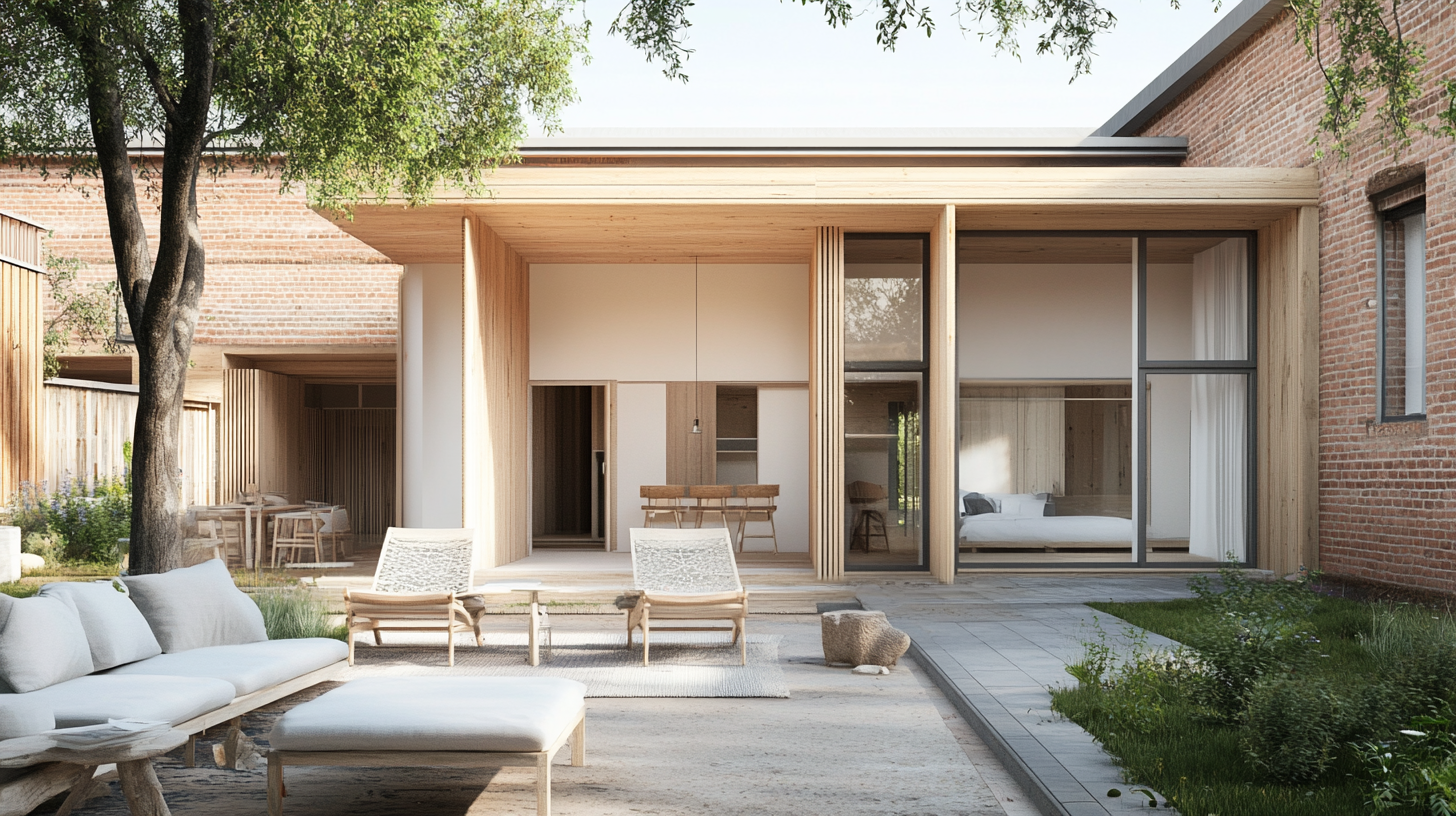
Retrofitting Existing Structures with Modern Materials and Methods
Retrofitting existing structures with modern materials and methods offers a powerful solution to improve our built environment's sustainability and performance. As technologies advance and best practices evolve, the potential for transforming our aging building stock into high-performing, environmentally friendly assets continues to grow. By embracing these innovative approaches, we can extend the life of our buildings, reduce their environmental impact, and create more comfortable and efficient spaces for occupants.
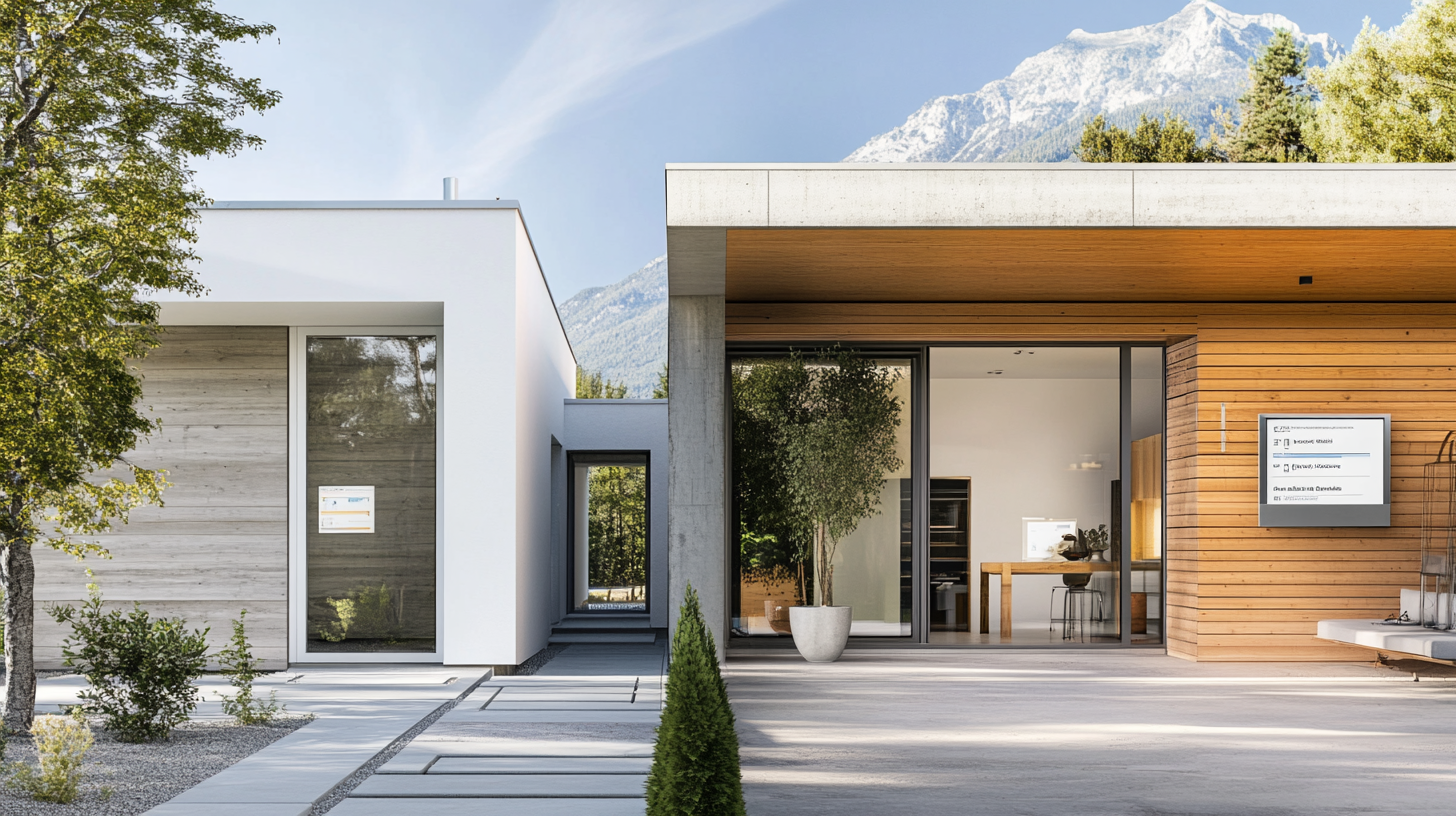
Overcoming Barriers to Modern Construction Adoption
Overcoming barriers to modern construction adoption requires a multi-faceted approach involving collaboration between government, industry, and educational institutions. By addressing regulatory challenges, investing in education and training, and demonstrating the long-term benefits of modern methods, the construction industry can gradually shift towards more efficient, sustainable, and innovative practices.
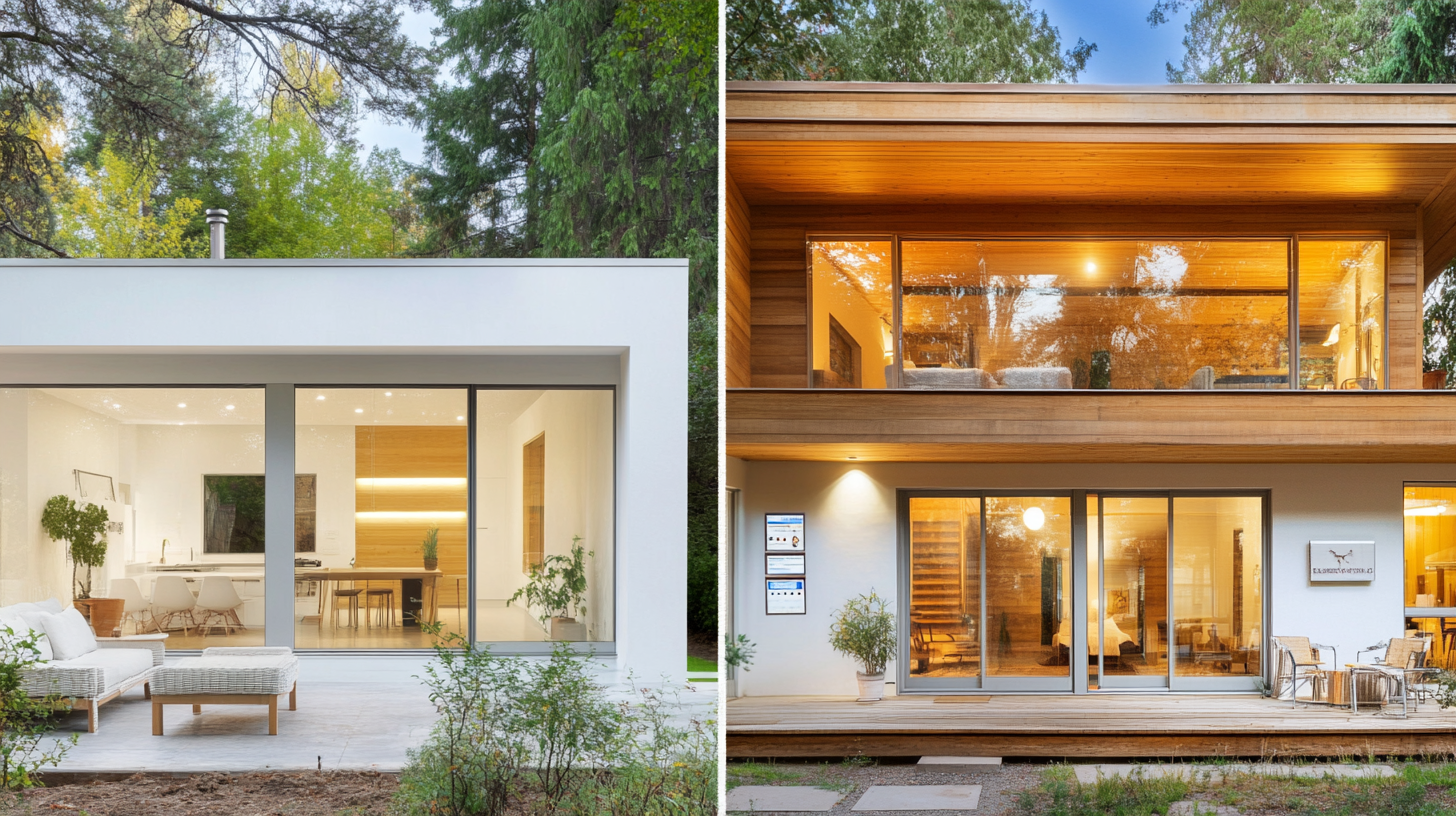
Measuring Success: Performance Data from Modern vs. Traditional Buildings
The performance data clearly demonstrates the superiority of modern construction methods across multiple metrics. From energy efficiency and carbon emissions to construction speed and operational costs, modern buildings consistently outperform their traditional counterparts.
Key takeaways:
Energy use and carbon emissions can be reduced by 50-60% in modern buildings
Construction time can be cut by up to 70% using modern methods
Operational and maintenance costs are typically 40-50% lower in modern buildings
Modern buildings offer superior indoor environmental quality and occupant satisfaction
As the construction industry continues to evolve, these performance gaps are likely to widen further. The data underscores the importance of adopting modern construction techniques to create more efficient, sustainable, and cost-effective buildings for the future.

The Haüsa Homes Approach: A Detailed Case Study
Haüsa Homes represents a significant leap forward in residential construction. By combining modular construction techniques with smart technology and a focus on sustainability, Haüsa is creating homes that are not only more affordable and quicker to build but also more durable and environmentally friendly. As the housing industry continues to evolve, Haüsa's approach serves as a model for how innovation can address pressing societal needs for affordable, sustainable housing.
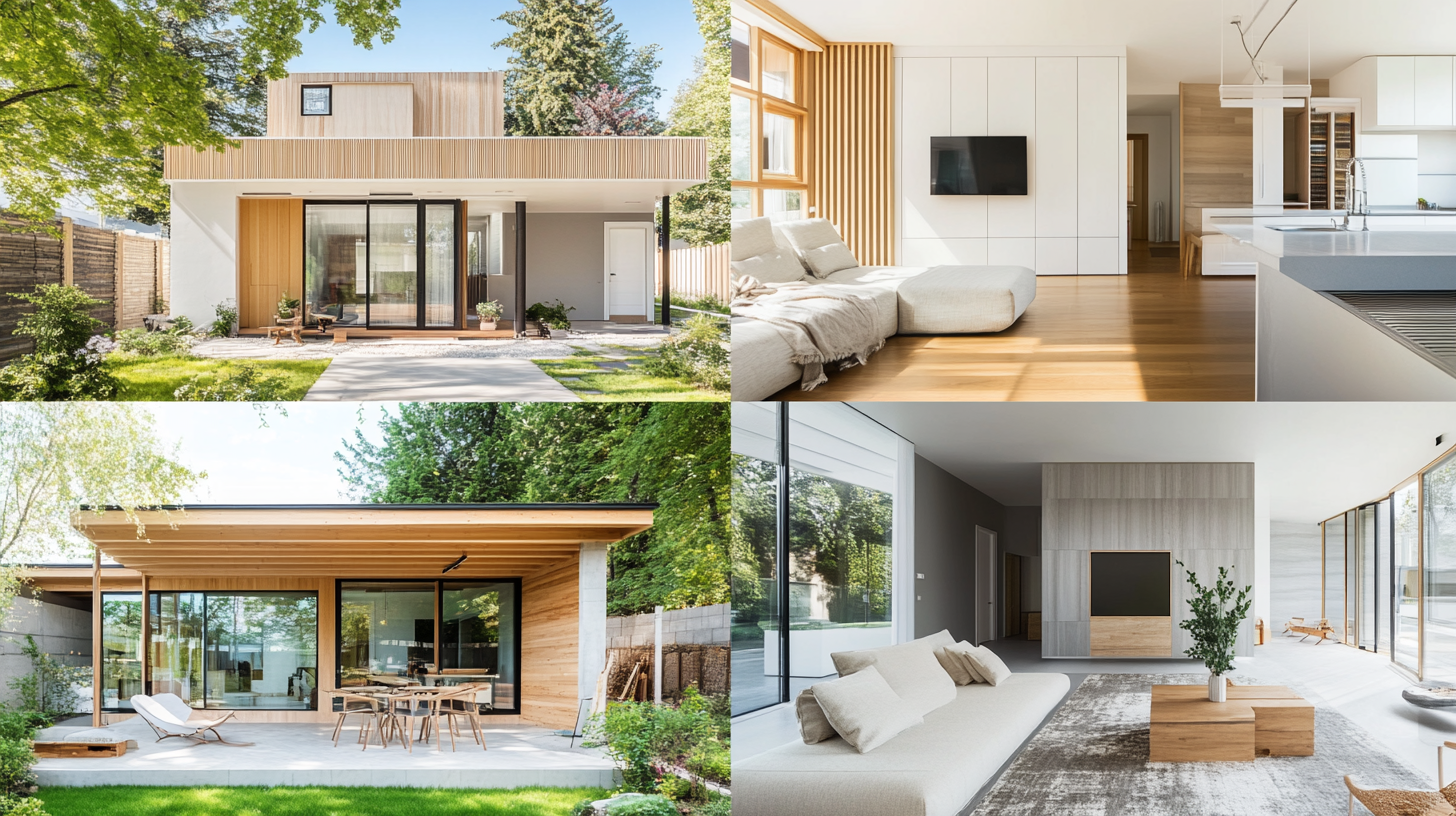
Success Stories: Modern Construction Methods Around the World
Modern construction methods (MCM), such as modular construction, prefabrication, and advanced manufacturing techniques, are transforming how homes and buildings are designed, built, and delivered. These innovative approaches have already demonstrated their potential to reduce costs, improve efficiency, and address global housing challenges. This article highlights success stories from around the world that showcase the power of modern construction methods.

Designing for Disassembly: The Circular Economy Approach to Housing
As we move forward, collaboration between architects, engineers, policymakers, and manufacturers will be essential to overcome the challenges and fully realize the potential of Designing for Disassembly in housing. By doing so, we can build a future where our homes are not just places to live, but active participants in a more sustainable and circular world.
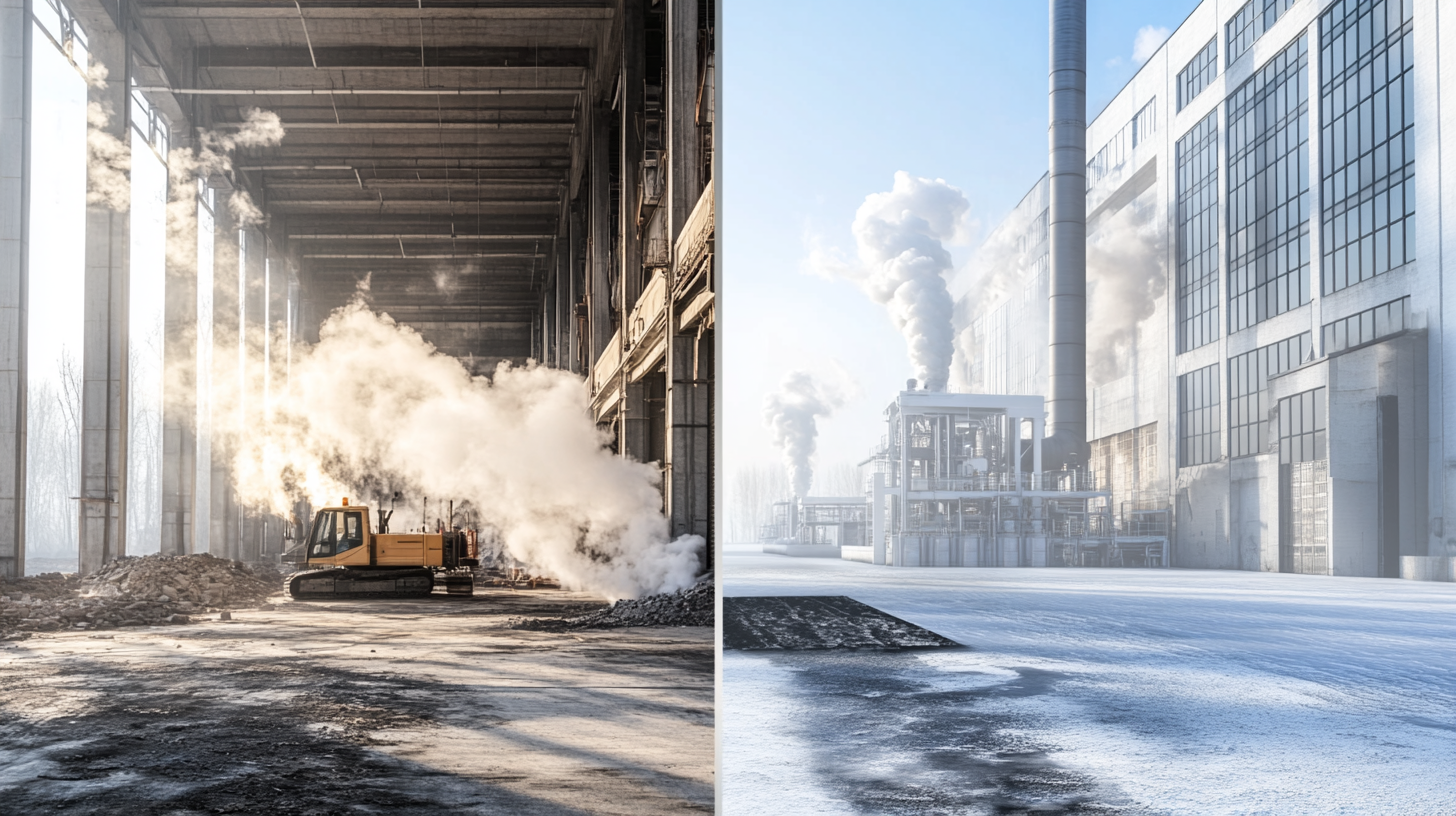
The Carbon Footprint Comparison: Traditional vs. Modern Construction
The comparison between traditional and modern construction methods clearly demonstrates the potential for significant carbon footprint reduction in the building industry. By embracing innovative materials, design techniques, and technologies, modern construction can dramatically lower both embodied and operational carbon emissions.

Scale Economics: How Factory Production Transforms Housing Affordability
Factory production, often referred to as industrialized construction, offers a transformative solution by leveraging scale economics to reduce costs, improve efficiency, and increase accessibility to housing. This article explores how factory production fundamentally reshapes housing affordability and why it is critical for the future of construction.
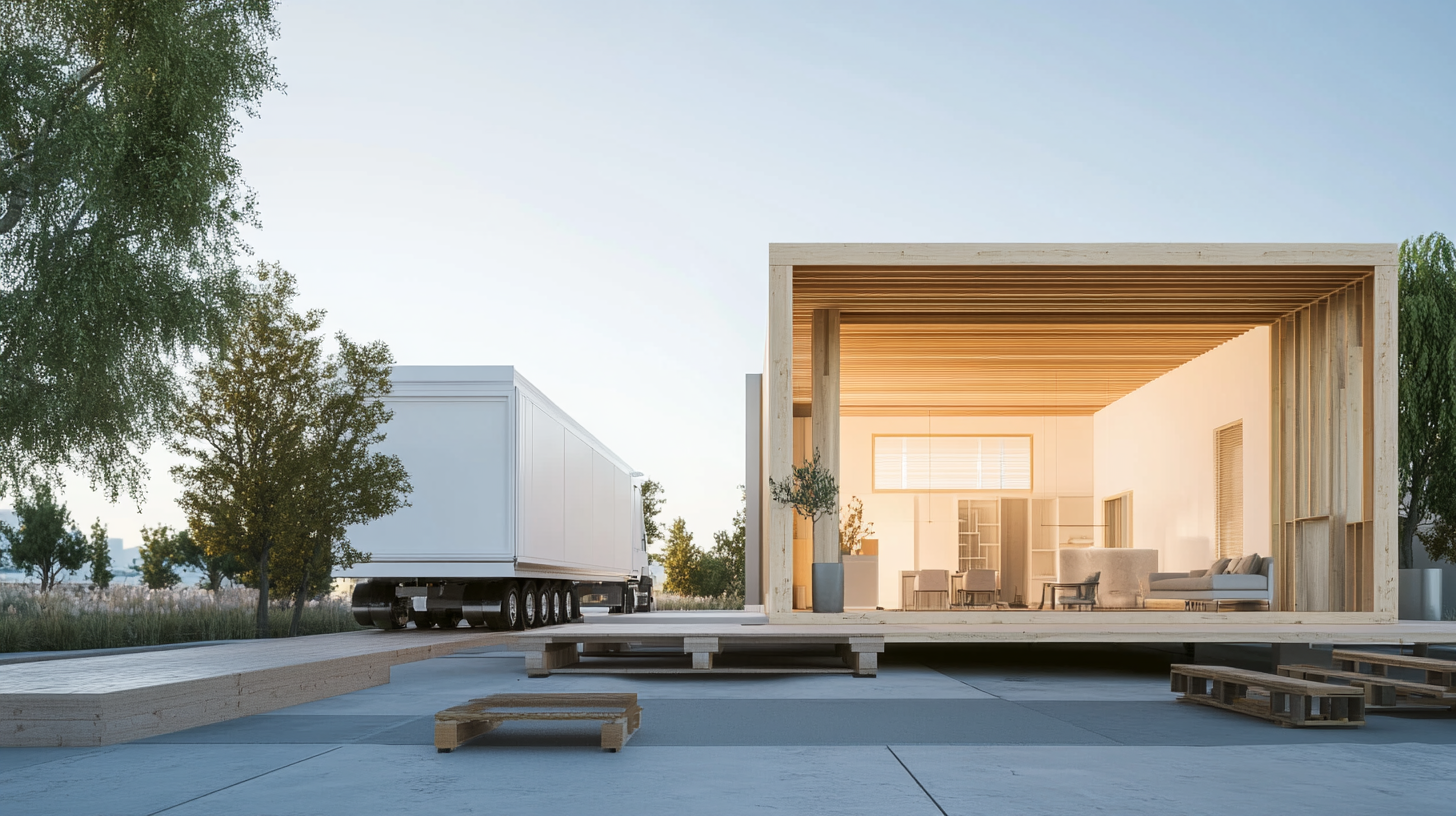
The Time Factor: How Faster Construction Translates to Major Cost Savings
In the construction industry, time is quite literally money. Modern construction methods that accelerate project timelines can lead to substantial cost savings, often overlooked in traditional cost analyses. This article explores how faster construction translates into major financial benefits across various aspects of a project.

How Modern Construction Methods Cut Costs by Up to 50%
The traditional construction industry, with its on-site assembly and weather-dependent timelines, is ripe for disruption. And the numbers don't lie - modern methods are slashing costs by up to 50% while delivering higher quality buildings in record time.
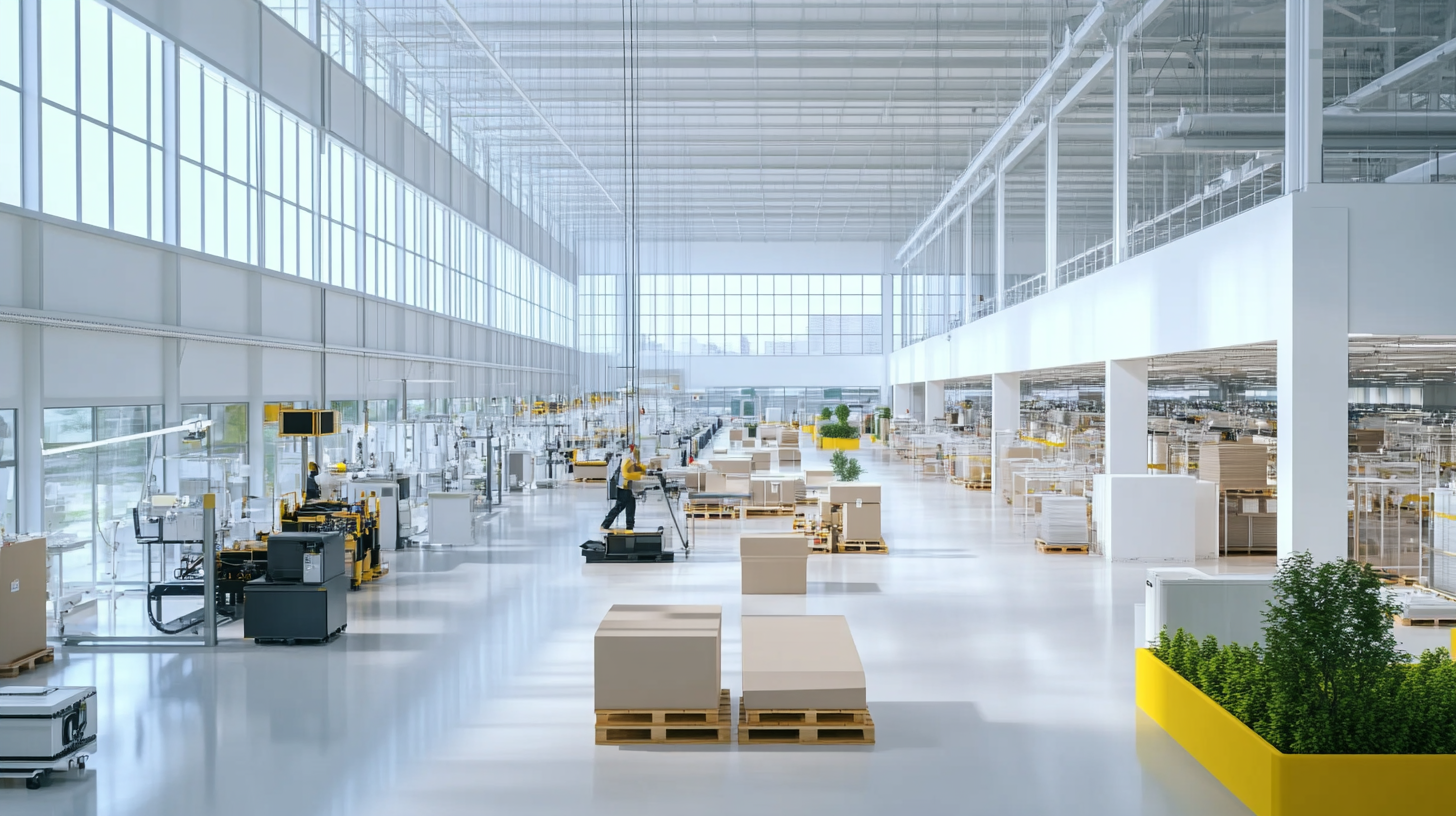
Just-in-Time Manufacturing Applied to Housing Construction
To my fellow builders and developers: I challenge you to rethink your processes. Look at your current projects and ask yourself - how much waste could be eliminated? How much time could be saved? How much quality could be improved by adopting JIT principles?

Digital Twin Technology: Building Twice, Once Virtually and Once Physically
Imagine having a virtual replica of your building that's so accurate, so detailed, that you can explore every nook and cranny before a single brick is laid. That's the power of a digital twin. It's a dynamic, data-driven model that mirrors the physical structure in real-time, allowing us to simulate, predict, and optimize like never before.

The Factory Advantage: Why Construction Must Move Indoors
As we face growing housing demands, labor shortages, and increasing pressure for sustainable practices, we can't afford to cling to outdated construction methods. Factory-based construction isn't just an option - it's an imperative for the future of our industry.

Modular Volumetric Construction: Building Homes Like Products, Not Projects
As we look to the future, I'm convinced that modular volumetric construction is the key to addressing many of our housing challenges. It's faster, more efficient, more sustainable, and delivers a consistently high-quality product.
The future of construction isn't in doing things the way we've always done them. It's in reimagining the entire process from the ground up. It's in building homes like products, with the efficiency, precision, and quality control that we expect from any other modern manufacturing process.
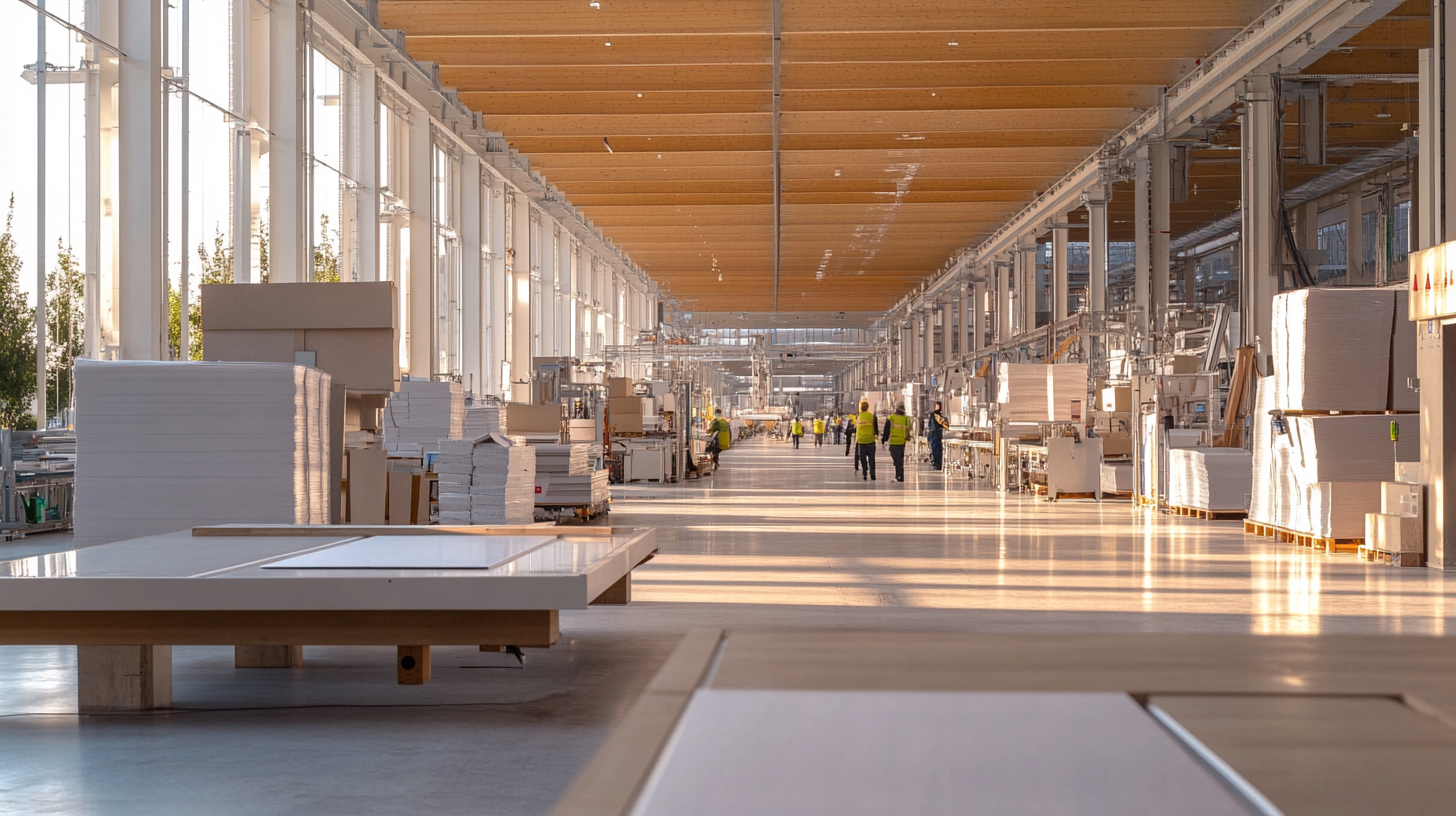
Factory-Built Roof Systems: Engineering Away the Problems of Traditional Roofing
Factory-built roof systems aren't just an alternative – they're the future of construction. They're faster, safer, more consistent, and more sustainable than anything we've done before. I've seen it with my own eyes, project after project.

Modern Insulation Technologies: Beyond Fiberglass and Foam
Today, insulation technology has moved far beyond the pink fiberglass rolls of the past. It’s smarter, greener, and more innovative than ever. Let me take you through the fascinating world of modern insulation technologies—and why they’re reshaping construction as we know it.

Steel Chassis vs. Concrete Foundations: A Cost and Performance Comparison
Time is money, and in construction, it's everything. I remember a project where we switched from concrete to a steel chassis mid-planning. The result? We shaved weeks off our timeline. Steel structures are fast to erect and can be used almost immediately after installation

MgO SIPs: The Superior Alternative to Traditional Wall Systems
As we face growing housing demands and increasing environmental pressures, we can't afford to build the way we always have. MgO SIPs represent a leap forward in construction technology – one that addresses many of the shortcomings of traditional methods.
